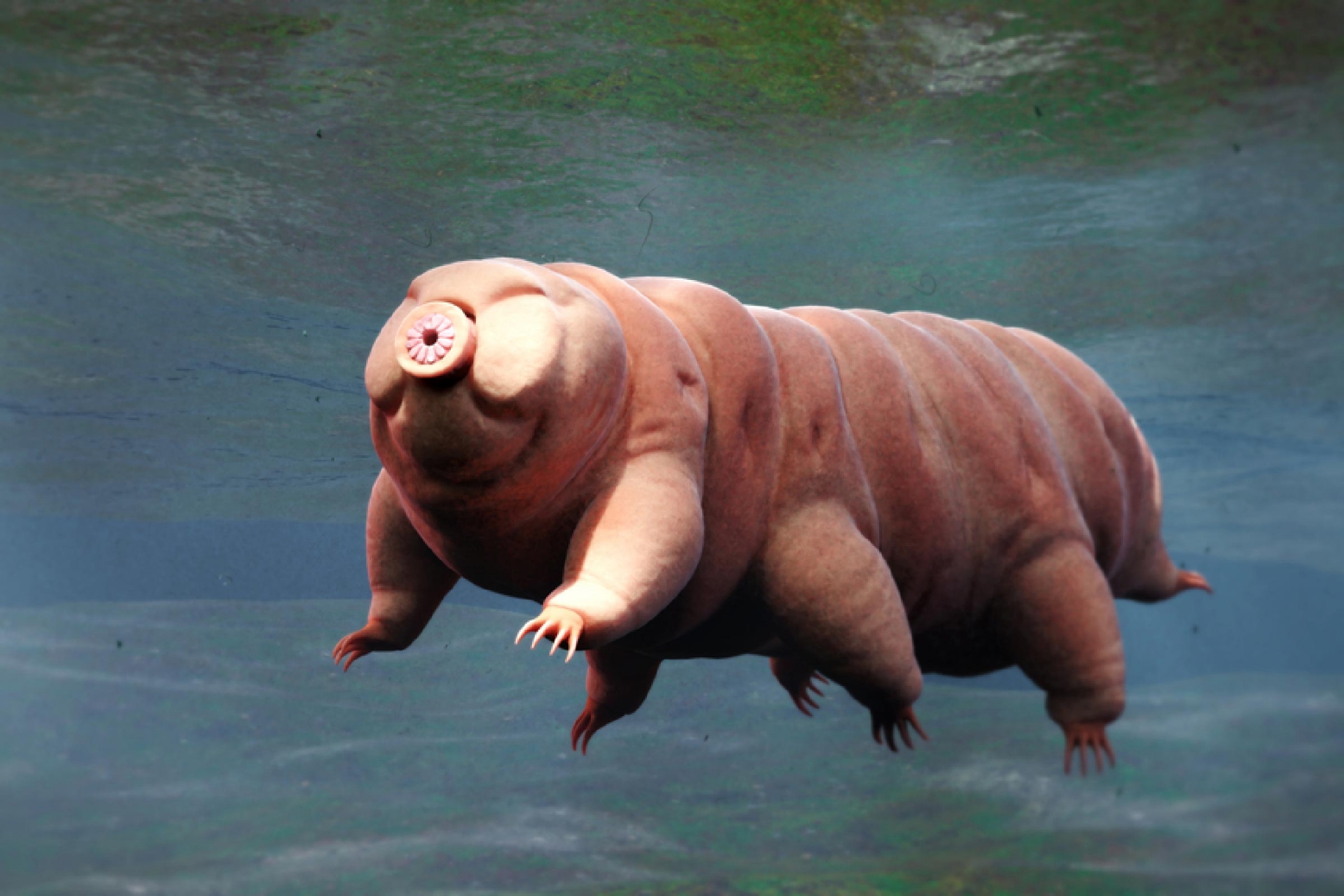Top 20 Weirdest and Rarest Animals In The World - In Danger of Extinction
♦ 10 Strongest and Most Powerful Animals in The World
♦ Top 10 Weirdest Creatures That Have Washed Ashore
 |
| Weirdest and Rarest Animals In The World - In Danger of Extinction - Photo KnowInsiders |
| Contents |
As climates and circumstances change, animal species must either evolve or fall victim to any number of threats to their existence. Habitat loss, excessive hunting, and disease are all potential hazards faced by many animals in the world both past and present.
In this article, we will discuss the 20 rarest and weirdest animals in the world that still exist within the wild. All of the rarest animals are critically endangered and in immediate need of conservation, or they will be lost to the world permanently.
Top 20 Weirdest and Rarest Animals In The World
1. Purple Frog (Nasikabatrachus Sahyadrensis)
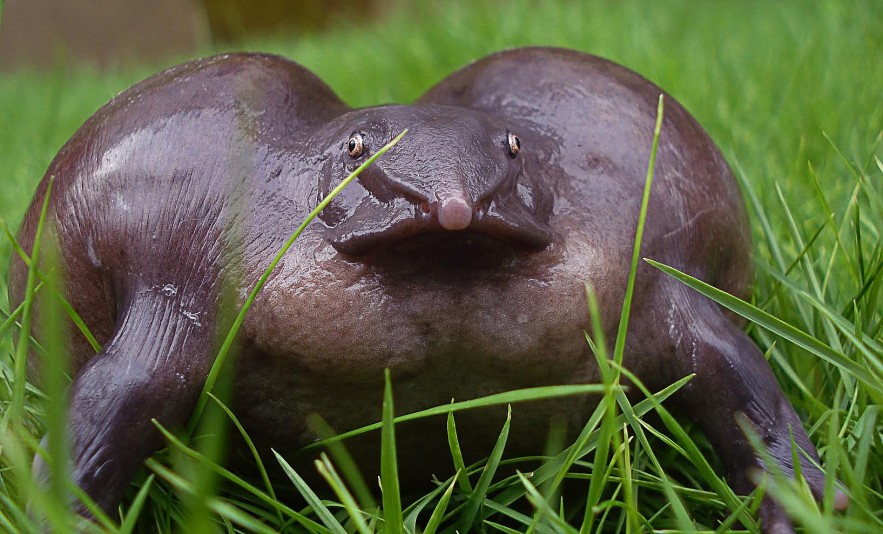 |
| Photo the wire |
The Nasikabatrachidae family of frogs includes the species known as the purple frog. It can be found in the Western Ghats in India. The loose, moist, well-aerated soil around ponds, ditches, and streams is preferred by this burrow-dwelling frog. Indian purple frog and pignose frog are some English names also used for this species. The purple frog is currently listed as an "Endangered" species by the IUCN.
Frogs have a 360° visual rangeThe eyes of a frog are made and positioned in such a way that at any given moment they can see everything around them, including what is behind them. As if this did not make them difficult enough to sneak up on, frogs also sleep with both of their eyes open. |
2. Hooded Grebe (Podiceps Gallardoi)
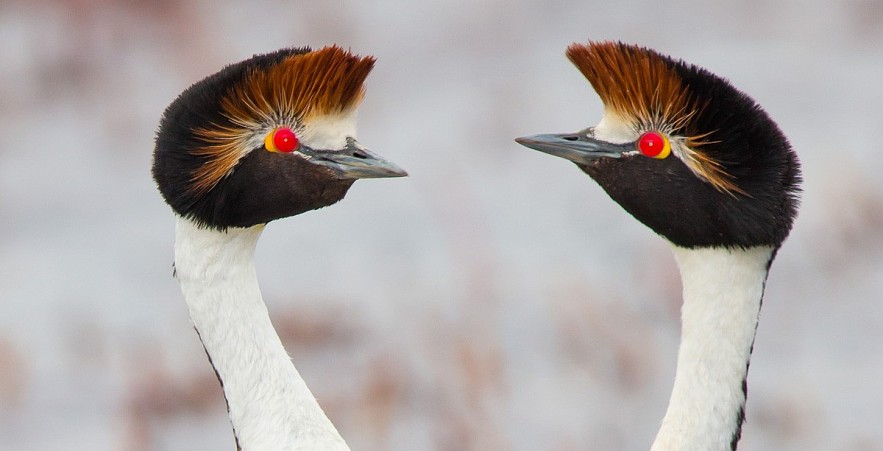 |
| Photo mongabay |
A beautiful, small grebe of Patagonia that is rare, local, and declining; breeds on a few interior lakes. Nonbreeding birds range to coastal waters and lowland lakes, where they are most often seen in the company of Silvery Grebes. Told from Silvery Grebe by more contrasting head pattern: black hood contrasts with white forehead and golden tiara, often striking at long range. Grebes are very rarely seen in flight, but wings of Hooded are mostly white unlike the dark wings with a white hind patch seen on Silvery Grebe.
3. Seychelles Sheath-Tailed Bat (Coleura Seychellensis)
 |
| Photo picasa |
The Seychelles sheath-tailed bat has undergone a severe decline during the mid-to-late 20th century and is now extinct on most islands. Complete extinction seems likely without the implementation of conservation measures. The species is chronically data deficient, and therefore coherent, up-to-date information is required for the drafting of a species action plan containing a long-term recovery strategy.
This project is therefore a pilot study on which to base and steer clearly defined activities in order to achieve long-term goals. The study will focus on the location of roosts and bat detector surveys, once the range and roosts are established then preliminary work on habitat use, diet and roost requirements can commence.
4. Hine’s Emerald Dragonfly (Somatochlora Hineana)
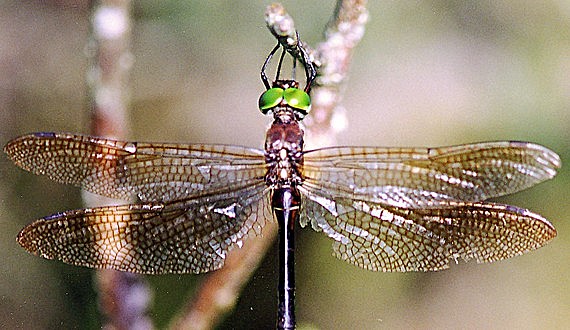 |
| Photo biodiversity |
The first known dragonfly fossil had a wingspan of 29 inches. The Hine's emerald dragonfly, found in scattered locations throughout the Great Lakes region and Missouri, isn't anywhere near that size, but it's every bit as remarkable. Renowned for its aerobatic virtuosity and electrifying, enormous green eyes, the Hine's emerald dragonfly hovers on the brink of extinction and is one of the most endangered dragonflies in North America today.
Following years of unnecessary delays, the U.S. Fish and Wildlife Service listed the Hine's emerald dragonfly as an endangered species in 1995 — making it the only dragonfly on the entire endangered species list. The Service chose not to protect the dragonfly's habitat, claiming it lacked necessary scientific knowledge about the species.
READ MORE: What Is The US National Bird and Why is the Bald Eagle?
5. Sumatran Orangutan (Pongo Abelii)
 |
| Photo boredpanda |
| POPULATION SIZE: 7,300 LIFE SPAN: 35-50 YRS TOP SPEED: 6 KM/H WEIGHT: 45-90 KG HEIGHT: 90-140 CM LENGTH: 1.3-1.8 M |
The Sumatran orangutan (Pongo abelii ) is one of the three species of orangutans. Critically Endangered, and found only in the north of the Indonesian island of Sumatra, it is rarer than the Bornean orangutan but more common than the recently identified Tapanuli orangutan, also found in Sumatra. Its common name is based on two separate local words, "orang " ("people" or "person") and "hutan " ("forest"), derived from Malay, and translates as 'person of the forest'.
6. Cuban Snail (Polymita Picta)
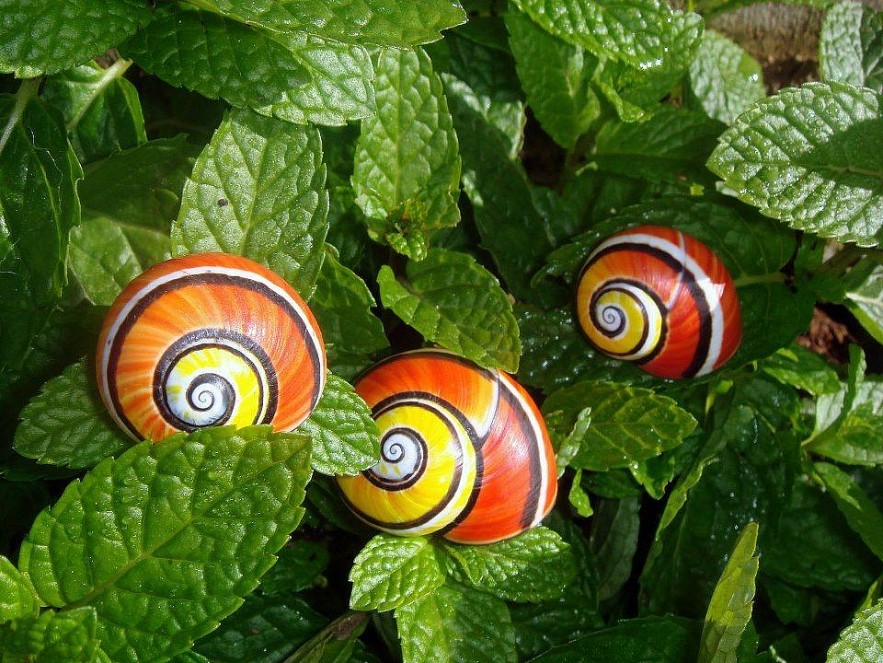 |
| Photo Pinterest |
Arguably, the world's greatest variety of snails can be found in Cuba. Yet, none have shells with such a wide variety of hues and intricate patterns as Polymita Picta does. These painted snails have long been sought after by collectors, who either trade them to countries like the United States and Europe or sell the shells to tourists. This is one of the reasons Cuba labels all six Polymita genus species as highly endangered and why it has been forbidden to take these snails from the wild. Along Cuba's eastern coastline, there is a sparse band of vegetation where painted snails can be found.
7. Cuban Greater Funnel-Eared Bat (Natalus Primus)
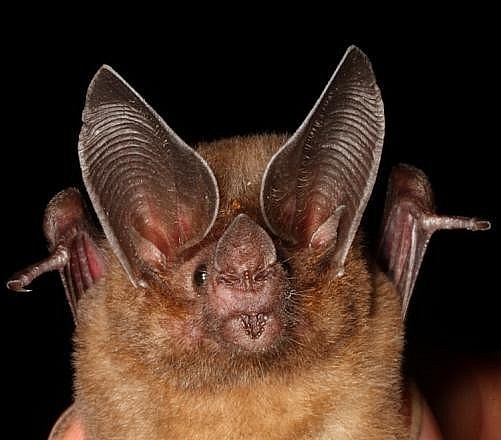 |
| Photo proprofs |
The Cuban greater funnel-eared bat is the largest Caribbean representative of a small, ancient family of cave-dwelling bats that evolved in the West Indies.
Until a living population was found in 1992, it was thought to be an extinct species, with fossil localities known from nearly all the island of Cuba, as well as on Isla de la Juventud, Grand Cayman and various islands in the Bahamas. The species is only known from a single ‘hot cave’, the remote Cueva La Barca, located on the Guanahacabibes Peninsula at the western tip of Cuba within one of the largest remaining tracts of Cuban lowland forest. Because natalid bats congregate in large, conspicuous colonies, this is likely to be the sole locality for living Natalus on the entire island of Cuba.
8. Cebu Flowerpecker (Dicaeum Quadricolor)
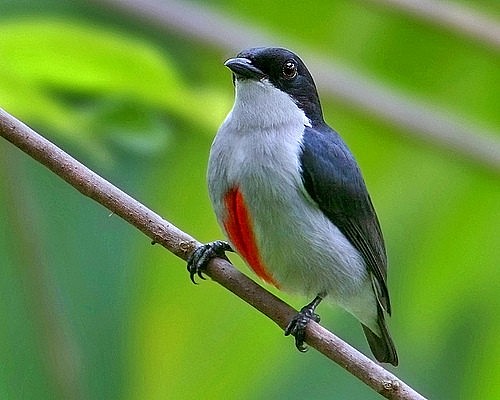 |
| Photo Philippines endangered species |
What Do They Prey On? Insects
What Do They Eat? Omnivore
Average Litter Size? 1-4
How Long Are They? 4.3-5 in (11-12.7 cm)
What Do They Look Like? Males: blue, red, yellow, and white Females: olive green
What Were Their Main Threats? Habitat Loss, Larger Birds And Animals
What Is Their Conservation Status? Critically Endangered
Where You'll Find Them? Forest
Locations: Philippines
Kingdom: Animalia
9. Largetooth Sawfish (Pristis Microdon)
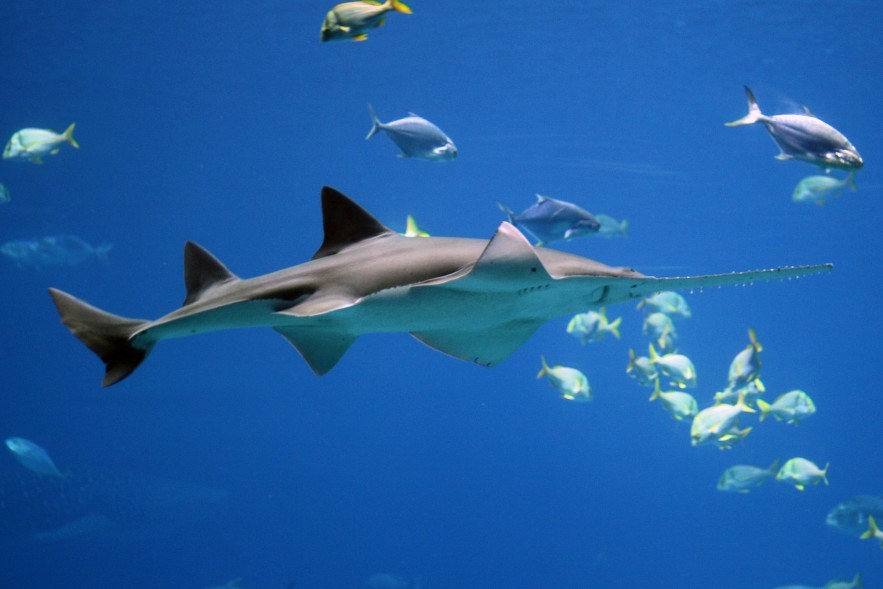 |
| Photo wiseoceans |
The largetooth sawfish not only is number 1 on the EDGE Shark list, but also has the highest-ranking score of any EDGE species!
The largetooth sawfish, or common sawfish, can exceed 6 meters in length, although encountering an individual of this size is incredibly rare! Sawfish are easily distinguished by their long, saw-like rostra. While they are often mistaken for sharks they are actually rays.
This species is known to live for up to 30 years, being able to reproduce between the age of 8 and 10 years. Litter size varies between 1 and 13 pups. Scientists believe they reproduce through yolk-sac viviparity, in which the embryos feed exclusively from the egg’s yolk inside the females, and the fully developed pup is born alive. As with many chondrichthyans, the largetooth sawfish grows slowly, and life history data is scarce with the majority coming from studies in lake Nicaragua.
10. Golden-Rumped Elephant Shrew (Rhynchocyon Chrysopygus)
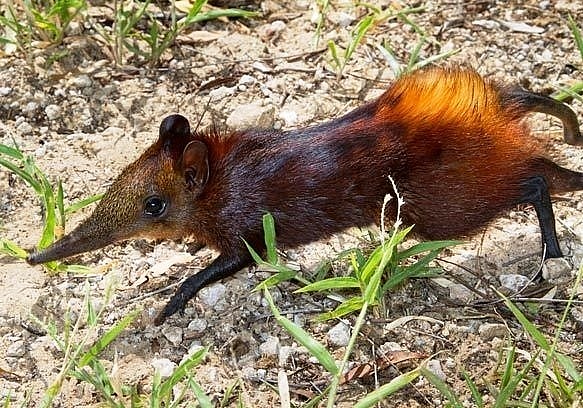 |
| Photo sacamento zoo |
The Golden-rumped sengi is also known as “the elephant-shrew” which refers to the animals’ small size and extraordinarily long, flexible trunks.
Recent studies indicate that they are not closely related to shrews at all, but are in fact distantly related to elephants. Sengis date to at least around 50 million years ago, with 19 extant species in four genera. The golden-rumped sengi is in the Rhynchocyon genus, which is known colloquially as the checkered elephant-shrews, or giant sengis, with three other species.
11. Cuban Rock Iguana (Cyclura Nubila)
 |
| Photo Reptiles Magazine |
As their name suggests, Cuban rock iguanas are found only on the island of Cuba. They are large lizards, growing up to 3.5 feet long, and are considered one of the most endangered lizard species in the world. Only an estimated 200-300 of these iguanas are thought to remain in the wild. Cuban rock iguanas are found in dry, rocky habitats and spend most of their time in trees. They are mostly herbivorous, but will also eat small insects and carrion. The biggest threat to Cuban rock iguanas is habitat loss and fragmentation due to human activity. They are also hunted for their meat and their skin, which is used to make leather goods. In captivity, Cuban rock iguanas can live for up to 20 years.
READ MORE: What Is The Biggest Flying Bird On Earth
12. African Wild Dog (Lycaon Pictus)
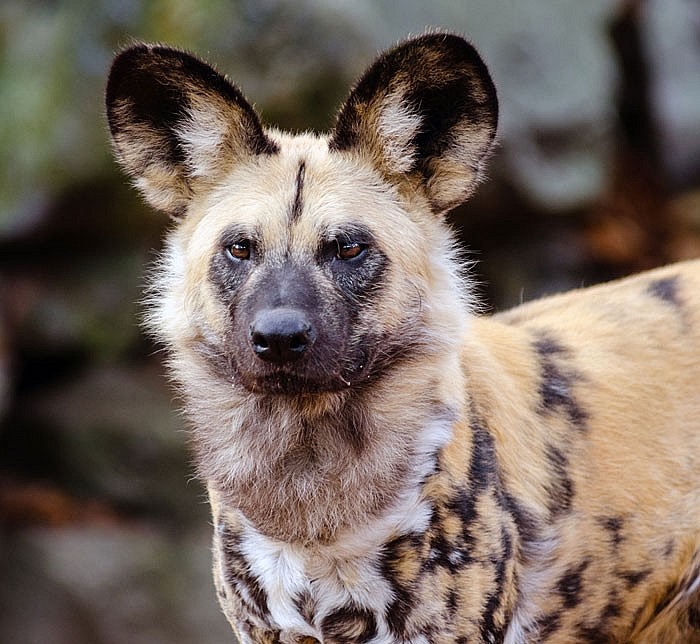 |
| Photo boredpanda |
The wild dog — also sometimes called the hunting dog or African painted dog — has a colorful, patchy coat; large bat-like ears; and a bushy tail with a white tip that may serve as a flag to keep the pack in contact while hunting. No two wild dogs are marked exactly the same, making it easy to identify individuals.
| CONSERVATION STATUS: ENDANGERED SCIENTIFIC NAME: LYCAON PICTUS WEIGHT: 18 TO 36 KILOGRAMS (40 TO 79 POUNDS) SIZE: ABOUT 1 METER IN LENGTH (30 TO 43 INCHES) LIFE SPAN: 10 TO 12 YEARS HABITAT: DENSE FOREST TO OPEN PLAINS DIET: CARNIVOROUS |
13. Resplendent Quetzal (Pharomachrus Mocinno)
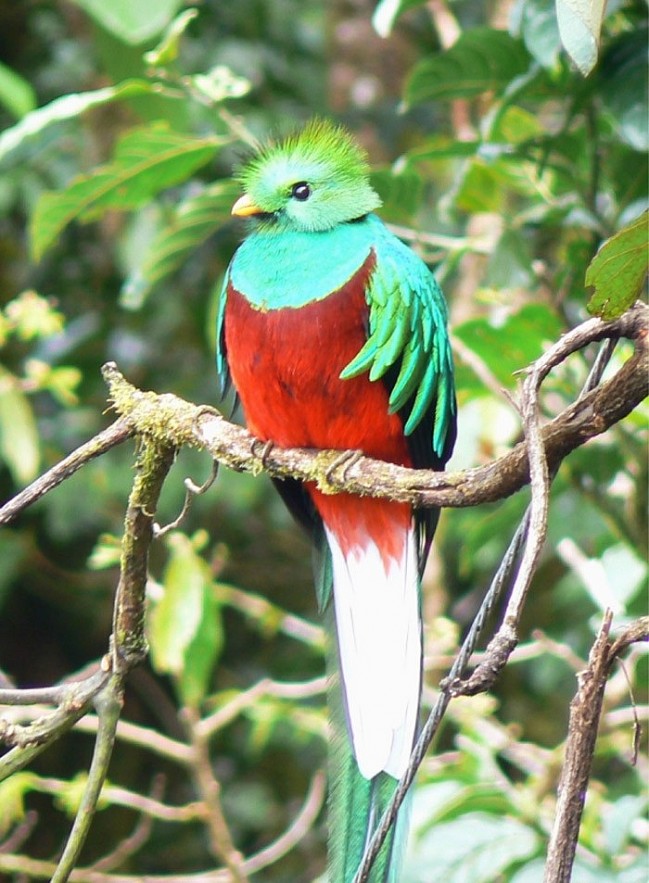 |
| Photo boredpanda |
Many people rank the resplendent quetzal as one of the most beautiful bird species on the planet. These brightly colored animals can be found in Central America's mountainous tropical forests, where they eat fruit, insects, lizards, and other small creatures. However, ecosystem destruction brought on by deforestation, forest fragmentation, and agricultural clearing poses the biggest threat to this magnificent species. Today, the IUCN classifies the resplendent quetzal as “Near Threatened.”
14. Chinese Giant Salamander (Andrias Davidianus)
 |
| Photo South China Morning Post |
It is the largest amphibian on the Earth today and a "living fossil" that has witnessed the extinction of the dinosaurs. It's one of the three known "large" types of salamanders that evolved from other amphibians during the Jurassic Period (about 170 million years ago). This enigmatic species is sleek and does not have gills to breathe underwater; instead, it receives oxygen via its skin. This salamander, although a "giant," is now classified as "Critically Endangered" (IUCN) due to overharvesting for human food, habitat loss, and water pollution.
15. Peacock Tarantula (Poecilotheria Metallica)
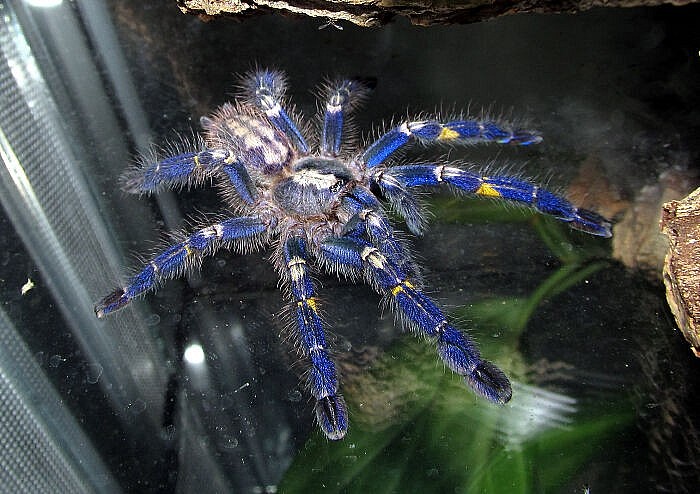 |
| Photo boredpanda |
The deciduous forest in Andhra Pradesh in India is the peacock tarantula's natural habitat. Unfortunately, the IUCN has listed it as being “Critically Endangered.” Reports state that deforestation poses a persistent threat to their population. It's also interesting to note that the peacock tarantula is the only species of its kind to have blue hair.
16. Hainan Gibbon (Nomascus Hainanus)
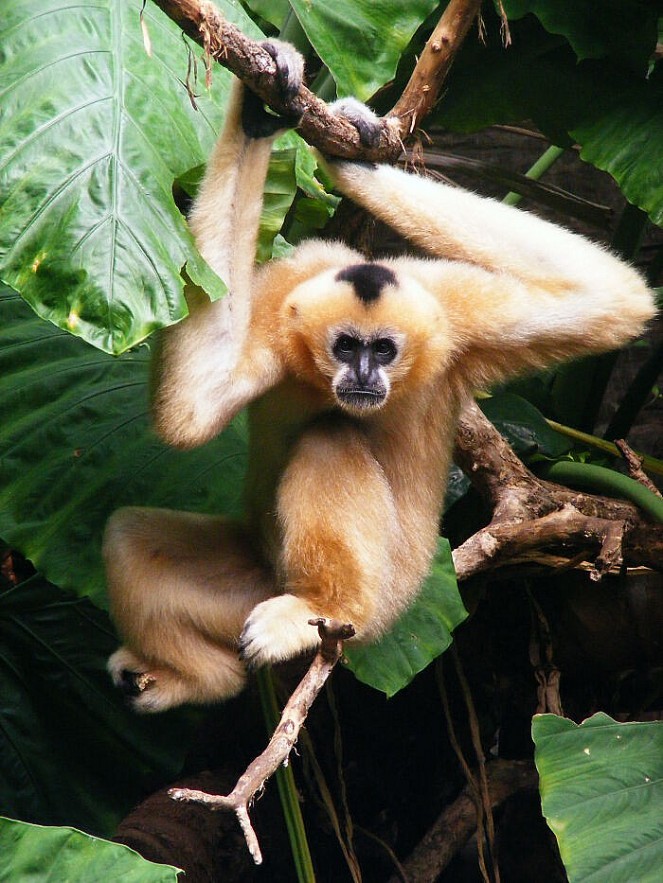 |
| Photo boredpanda |
The beautiful Hainan gibbon is a victim of hunting and habitat loss, forcing its ever-dwindling numbers down to just 25 and thus making it the rarest ape on the planet. The only place you can spot one is in the Bawangling National Nature Reserve on China’s Hainan Island. This is home to the last surviving population, which is restricted to a single spot within the forest.
17. Yangtze Finless Porpoise (Neophocaena Asiaeorientalis)
 |
| Photo boredpanda |
The Yangtze finless porpoise and the Baiji dolphin, two different species of dolphin, used to live in the Yangtze River, the longest river in Asia. However, it was found that the Baiji dolphin was functionally extinct in 2006. This was the first time in recorded history that human activities have caused the extinction of an entire dolphin species. The Yangtze finless porpoise, a close relative, is renowned for its cheeky smile and has intelligence on par with a gorilla. Currently, it's listed as "Critically Endangered" by the IUCN.
18. Ploughshare Tortoise (Astrochelys Yniphora)
The Critically Endangered ploughshare tortoise is endemic to Madagascar, with a known range potentially as small as 25 km2! This large and attractive tortoise is one of the rarest tortoises on the planet.
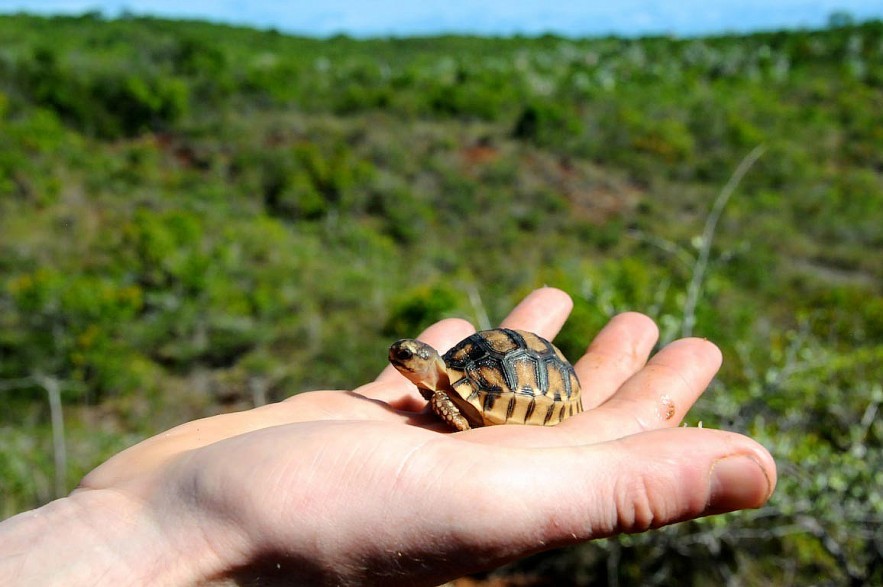 |
| Photo Turtle Conversancy |
Following historical declines due to hunting for consumption and the impacts of habitat burning, which left fewer than 1,000 individuals remaining, this species has suffered huge population declines in recent years due to collection for the international pet trade.
19. Rondo Dwarf Galago (Paragalago Rondoensis)
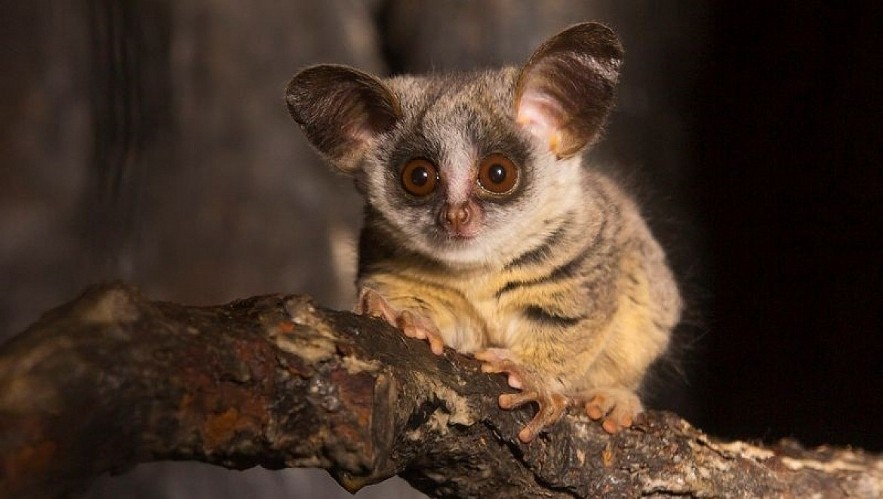 |
| Photo tumblr |
One of the world’s most endangered primates, Rondo Dwarf Galago are the smallest of all the galago species, weighing just 60g – the same as a tennis ball.
Also known as the Rondo bushbabies, these small primates sport bodies 12.3-13.7cm long capped with large eyes and ears. Their bottlebrush-shaped tail and distinctive ‘double unit rolling call’ distinguishes them from other Dwarf Galagoes.
20. Elkhorn Coral (Acropora Palmata)
 |
| Photo Oceana |
One of the most significant corals in the Caribbean is the elkhorn coral. Over the past 5,000 years, elkhorn coral, together with staghorn coral and star coral, helped form Caribbean coral reefs. The population of this species is currently less than 3% of what it was in the early 1980s due to a severe disease episode that resulted in significant mortality across its range. Nowadays, ocean warming poses the biggest threat to elkhorn coral because it causes the corals to release the algae that are a source of food and live in their tissue, usually leading to their demise. The IUCN listed them as “Critically Endangered.”
 Top 9 Smartest Dog Breeds in the World Top 9 Smartest Dog Breeds in the World Throughout world history, dogs have always held a special place in the human heart due to their companionship, courageousness, and loyalty towards their owners. Here’s ... |
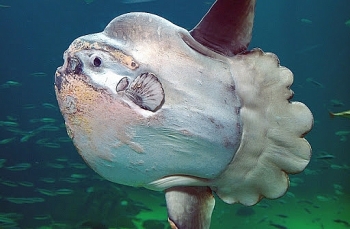 Top 9 Weird Fish around the World Top 9 Weird Fish around the World Fish is a member of the paraphyletic group of organisms. This consists of gill-bearing aquatic craniates animals with limbs and digits. Exploring fish never gets ... |
 10 Best Life Lessons We Can Learn From Animals 10 Best Life Lessons We Can Learn From Animals We can learn a lot from animals in nature. Let the animal kingdom teach you some valuable life lessons. |


